Niijima: A Seaside Paradise
Miles of deserted white sandy beaches, azure water, rolling waves, cloudless blue skies, and open-air onsen. These are just some of the things you can find on Niijima, part of the seven islands of the Izu archipelago, located about 160 kilometers south of Tokyo and 40 kilometers south of Shimoda in Shizuoka Prefecture. Although officially part of Tokyo Prefecture, Niijima couldn't be further from the bright lights, hustle and bustle, and stresses and strains that Tokyo living so often brings.
Trivia time: the island has been inhabited since prehistoric times, and archaeologists have found numerous remains from the Jomon period (12,000 BCE–300 BCE) including stone and ceramic utensils. During the Edo period (1603–1868), Niijima was used as a place of exile for convicts, but this practice was stopped after the Meiji Restoration (1868–1912).
What to Do
The unspoiled beaches, known as some of Japan’s most renowned surfing spots, attract surfers—and sunbathers—from far and wide. Our favorites were Mamashita Beach on the southwest side of the island and Secret Beach close to the airport (not so secret and the top spot for surfers). Protected by towering white sandy cliffs, watch the occasional plane land from this beach as you sun yourself.
We were lucky and had the beach entirely to ourselves—it’s rare to find so much space to yourself in Japan. Look out for Mt. Fuji, which can be seen from Maehama Beach on a clear day. Not a surfer or a beach bum? Don’t worry, there are plenty of other options to keep you entertained.
The Yunohama Hot Springs are particularly popular for tourists and locals alike. Watch the sunset from the Greek-style open-air hot springs, which are situated on a small hill near the port and offer spectacular panoramic views across the Pacific Ocean. Completely free of charge and open 24 hours a day, the mixed onsen contains six pools of different sizes and temperatures, with the water drawn from the ocean below. Don’t forget your swimsuit to enter! The Mamashita Hot Springs—about a 10-minute cycle ride from Yunohama—are also worth a visit. Facilities here include open-air hot springs, a sauna, and a sand bath.
Had enough relaxing? Hike up Moyai Hill, which overlooks Yunohama and Maehama beaches and contains more than 100 large stone carvings. On the western side of JR Shibuya in Tokyo you can find a giant moyai statue, a gift from the people of Niijima. For keen hikers, there are a few smallish peaks you can scale, although the path is paved for most of the way up. Miyatsuka-yama is the island’s highest point at 432 meters.
For those seeking local arts and crafts, visit the Niijima Glass Art Center. At this world renowned site that hosts the Niijima International Glass Art Festival every autumn, visitors can create their own glass to take home or just view the beautiful olive-colored glasswork exhibited here. The glass is made from a special stone called kogaseki (rhyolite), which is only found in two places in the world: Lipari in Italy and Niijima.
If this is still not enough to do, other activities include mackerel fishing, although be prepared to not catch much! Shikinejima is a short island-hop away and is great for a day trip.
Where to Stay
We camped at the beautiful (and deserted) Habushi campsite on the eastern side of the island. Completely free of charge, the campsite is very well maintained and has plenty of space and amenities, including clean toilets, cold showers, and cooking faculties with plenty of kitchenware. BBQ areas and benches are also dotted around the ground. Hot showers can be found a short walk away near Habushi beach, and cost ¥100 for three minutes.
Don’t like camping? There are plenty of ryokans and minshukus on the island, as well as one or two resorts. If you haven’t booked anywhere, you can inquire about vacancies at the tourist information center next to the port.
Eating
There are plenty of izakayas, as well as a smattering of small supermarkets to buy food to cook up your own feast at the campsite. But keep your eyes peeled, as they can be a bit hidden!
Getting Around
As the island is very quiet with a few small hills and beautiful scenery, cycling is by far the best way to get around, although cars can also be rented. Rent a bicycle from shops along the main street for about ¥500 per day, although the quality does vary (ours were covered in rust and gave off some interesting squeaks when ridden!). It is possible to take your own bicycle on the overnight ferry, although you may need to put it in a bike bag.
Getting There
Access the island by plane, high-speed ferry, or overnight ferry. By far the cheapest option (about ¥6,000) is the overnight ferry, which leaves from Tokyo’s Takeshiba Sanbashi Pier at 10 p.m. (11 p.m. in summer) and travels through the night to reach Niijima at 8 a.m. Check the schedule before making plans, as the timetable can be irregular in the low season.
The ferry offers a range of sleeping options, including private cabins, while the more adventurous travelers can bed down for the night on the deck or find a more comfortable spot indoors. Passengers are usually very well prepared and come with all sorts of goodies, including hammocks, for a good night’s sleep on deck.
The jet foil high-speed ferry is better for speed and comfort. Also operating from Tokyo Takeshiba Sanbashi Pier, the ferry takes about two and a half hours to reach Niijima. Running once a day, and with more trips scheduled for the busier summer months, this option costs just under ¥10,000 for a one-way ticket. The boat itself is pretty cool—it is elevated right out of the water by its hydrofoil wing. The sciencey part means this reduces the resistance of the water so it can reach speeds of up to 80 kilometers per hour. It barely bounces at all and feels as if you are floating on top of the water!
The most unique option by far is the nine-seater Islander turbo prop plane. Only a 45-minute flight from Tokyo’s Chofu airport, this service runs three times per day, weather permitting. Only a little bit more expensive than the high-speed ferry at about ¥13,000 per person (one way), this really is an experience in itself. Note that there is a weight limit (this includes your bodyweight and the weight of your luggage), so pack light to avoid being charged extra!
We took this by mistake (kind of) as we (meaning, the boyfriend) read the timetable wrong and missed all ferries to the island that day. But all was forgiven—and almost forgotten—as we soared high above the Tokyo area and saw the beautiful scenery from above.

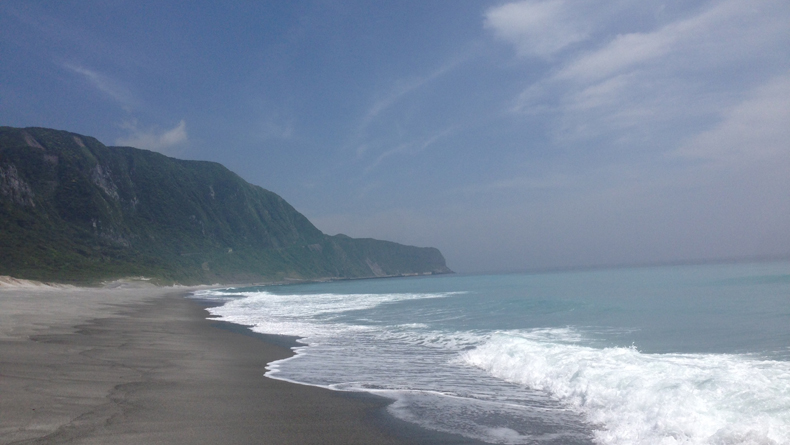
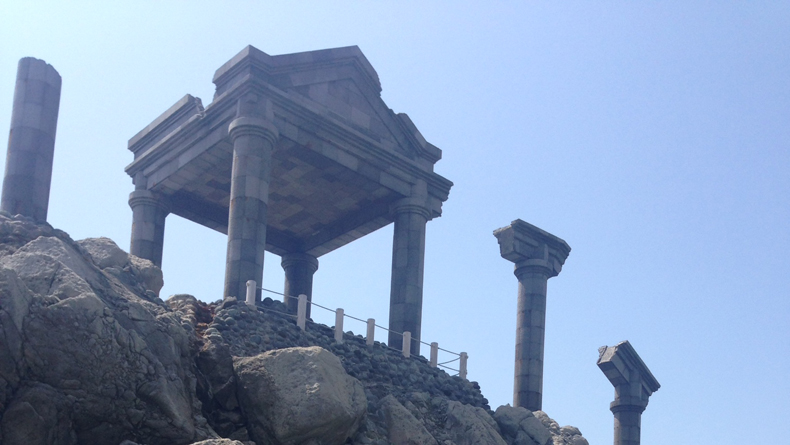
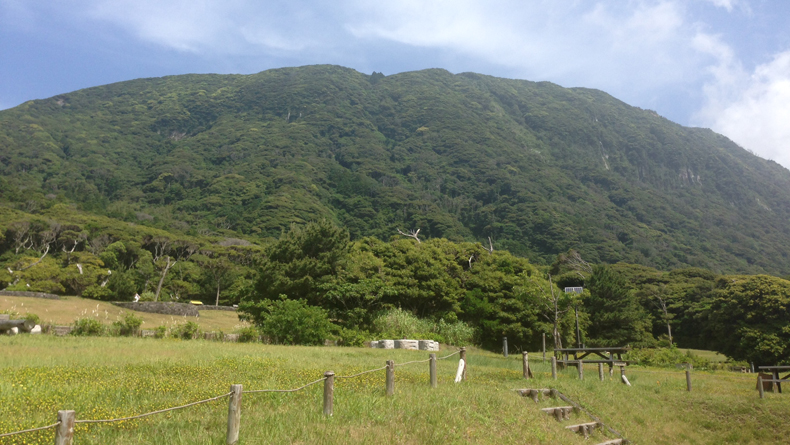
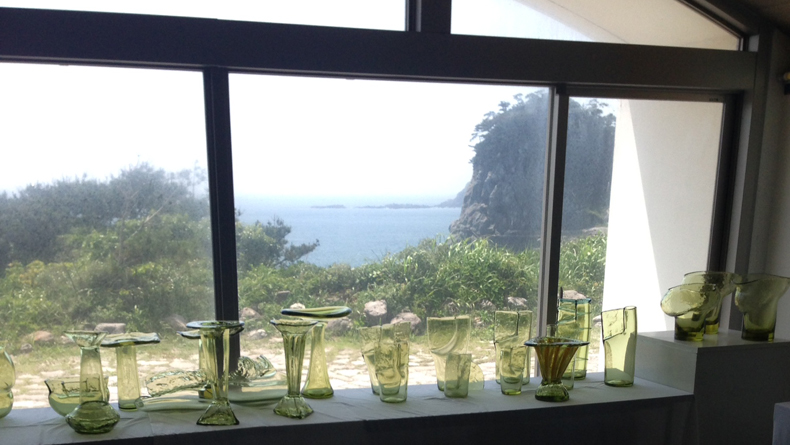
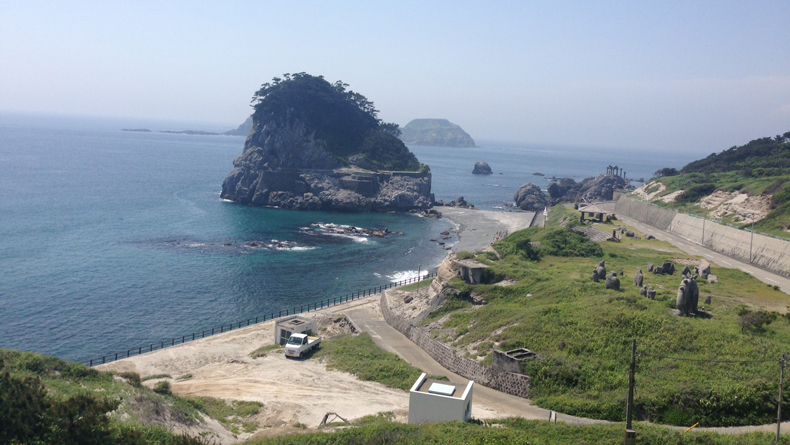
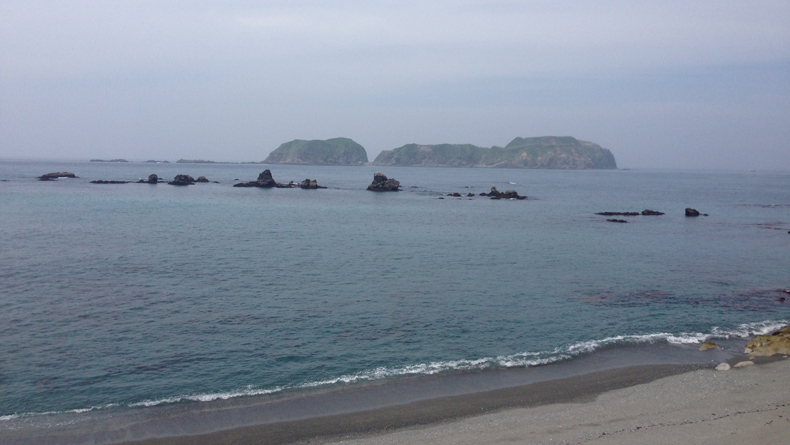
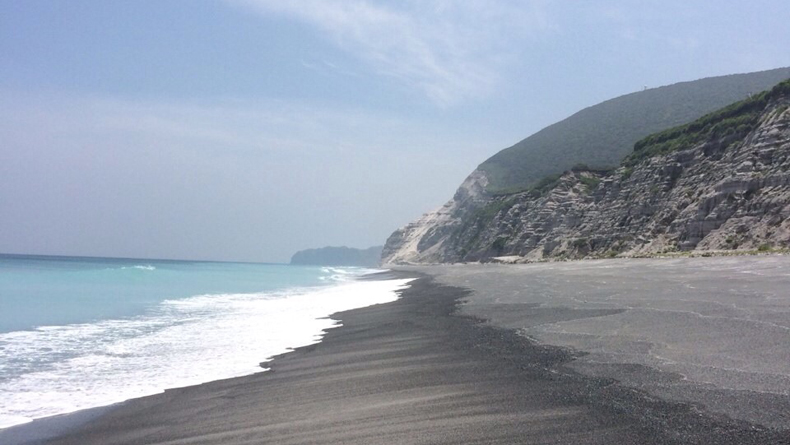


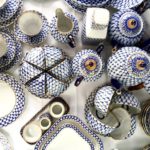
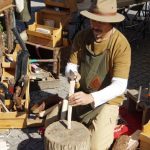
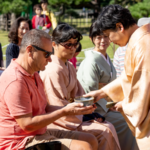






Leave a Reply